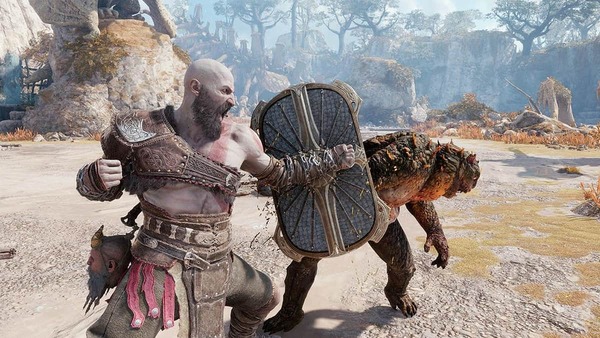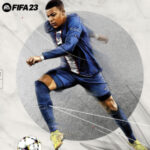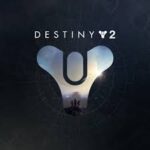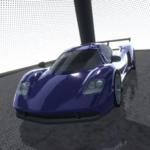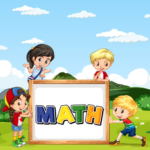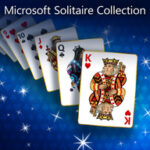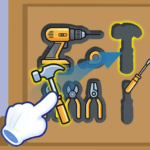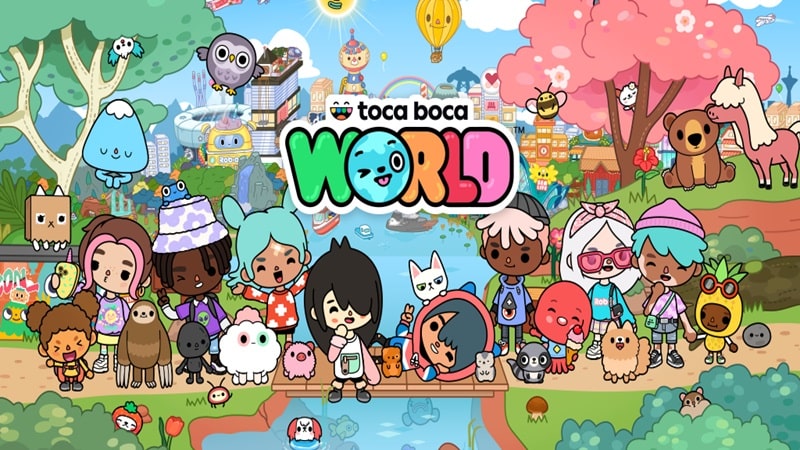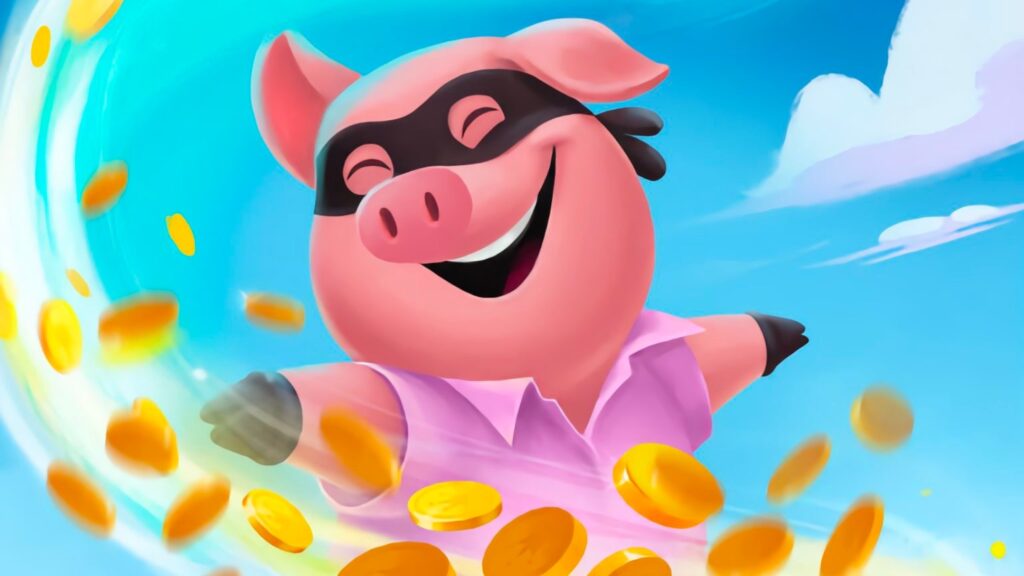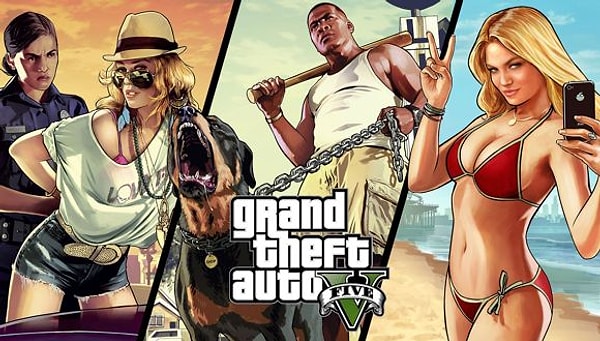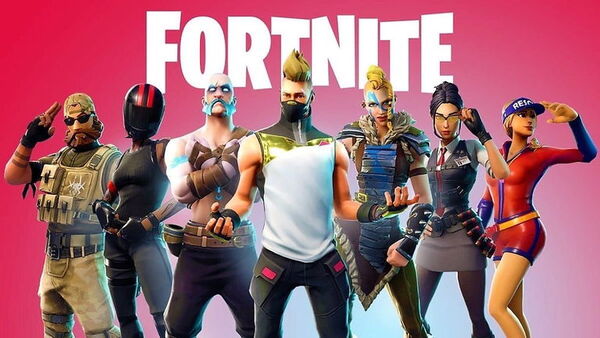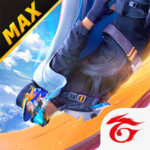Introduction
God of War Ragnarök, developed by Santa Monica Studio and published by Sony Interactive Entertainment, is the highly anticipated sequel to 2018’s God of War. Building upon the powerful narrative, visceral combat, and mythological richness of its predecessor, Ragnarök brings Kratos and Atreus’ saga to a dramatic and emotionally resonant conclusion. Released for both PlayStation 4 and PlayStation 5, this action-adventure epic has garnered widespread acclaim for its cinematic storytelling, gameplay evolution, and breathtaking visuals.
In this in-depth 2000+ word article, we explore God of War Ragnarök across ten key themes arranged chronologically and conceptually. From its development roots and Norse mythology to its gameplay enhancements and critical reception, we’ll cover the full scope of the game, analyzing what makes it a true modern classic—and where it falls short.
Rebirth of a God: The Road from 2018’s God of War
The 2018 reboot of God of War was a turning point for the franchise. Departing from its Greek mythology origins, it reintroduced Kratos as a grizzled, guilt-laden father navigating the brutal Norse world alongside his son, Atreus. The shift from pure hack-and-slash to a semi-open-world action RPG paid off, earning dozens of Game of the Year awards.
God of War Ragnarök picks up shortly after, with Fimbulwinter settling across the realms and tension mounting between gods, giants, and mortals. The sequel had the difficult task of concluding the Norse saga while raising the stakes narratively and mechanically.
Pros:
-
Seamless continuity from the previous title
-
Deeper emotional themes and character development
Cons:
-
Requires understanding of previous game for full impact
Rating: 9.5/10
Mythology and World-Building: Nine Realms Come Alive
In Ragnarök, the game fully opens the door to all nine realms of Norse mythology, offering distinct environments, cultures, and conflicts. From the icy plains of Midgard to the celestial beauty of Alfheim and the fiery depths of Muspelheim, each realm is lovingly crafted with meticulous attention to lore.
Norse mythology is not just a backdrop—it’s woven deeply into the characters, quests, and main storyline. Characters like Freya, Thor, Odin, and Týr are given complex motivations and nuanced arcs, turning myth into meaningful drama.
Realms of Note
-
Vanaheim: A jungle realm rich in alchemy and lore
-
Svartalfheim: Dwarven industrial realm with intricate puzzles
-
Asgard: A late-game realm brimming with revelation and drama
Pros:
-
Expansive, immersive mythological universe
-
Intelligent reinterpretation of classic Norse characters
Cons:
-
Some realms (like Niflheim) feel underutilized
Rating: 9.3/10
Combat Evolution: Brutality Refined
Combat in Ragnarök builds upon the 2018 foundation but introduces greater enemy variety, new abilities, and dual-weapon switching between the Leviathan Axe and Blades of Chaos. Later, players also wield the Draupnir Spear, a new weapon that adds explosive, ranged tactics to Kratos’ arsenal.
Enemy AI is smarter, with more aggressive flanking, elemental resistances, and combo counters. Shields, parries, and rage modes are refined, allowing for more tactical depth.
Key Combat Features
-
Weapon-specific skill trees and enhancements
-
Elemental attacks tied to ice, fire, and wind
-
Companion synergy with Atreus and Freya
Pros:
-
Satisfyingly brutal yet strategic
-
Excellent controller feedback and haptics on PS5
-
Greater flexibility in playstyle
Cons:
-
Occasional camera struggles in crowded fights
Rating: 9.4/10
Dual Protagonists: Kratos and Atreus
One of Ragnarök’s boldest moves is making Atreus a playable character for extended sections. This not only freshens the gameplay but deepens the emotional and narrative dynamics. Atreus wields a bow and summons animal companions, offering agility over Kratos’ raw power.
Kratos, meanwhile, shows growth as a father. His arc in Ragnarök is quieter yet more profound—he wrestles with fate, legacy, and the idea of change. Their contrasting gameplay styles and emotional perspectives are the heart of the game.
Pros:
-
Alternating perspectives create narrative depth
-
Atreus’ gameplay is agile, unique, and refreshing
Cons:
-
Some Atreus sequences feel slow-paced for action fans
Rating: 9.6/10
Narrative and Writing: A Story of Fate, Family, and Freedom
The core of God of War Ragnarök is its narrative richness. Themes of destiny versus free will, the burdens of parenthood, and the cost of war are explored with rare maturity in a AAA game.
Odin is portrayed not as a cartoonish villain, but as a manipulative, layered antagonist. Thor, Freya, Týr, and others have arcs that intersect with Kratos and Atreus in meaningful, often tragic ways. Dialogue is natural, voice acting is stellar, and pacing remains steady through its 25–35 hour main campaign.
Emotional Story Highlights
-
Freya’s forgiveness and rediscovery
-
Atreus forging his own identity
-
Kratos embracing change
Pros:
-
Expertly written and emotionally complex
-
Characters are memorable and multidimensional
Cons:
-
Some lore-heavy segments may confuse newcomers
Rating: 9.7/10
Side Quests and Exploration: Favors with Purpose
Unlike many open-world games with meaningless side content, Ragnarök treats its side quests (Favors) as essential extensions of the main story. These quests often lead to emotional revelations, character backstory, or world lore that deepen the player's understanding of the Nine Realms.
Exploration is richly rewarded with artifacts, lore scrolls, runes, and equipment upgrades. Environmental puzzles, realm tears, and hidden bosses await the thorough player.
Must-Play Side Quests
-
The Lost Pages of Jötnar: Myth and puzzle-solving
-
Freya’s Personal Journey: Ties into main narrative
-
Berserker Souls: Optional boss fights rivaling the Valkyries
Pros:
-
High-quality writing even in side content
-
Encourages exploration and rewards curiosity
Cons:
-
Some puzzles may feel repetitive late-game
Rating: 9.1/10
Visuals and Audio Design: A Sensory Masterpiece
Ragnarök is a visual tour de force, especially on PS5. Real-time lighting, character models, fur detail, and snow deformation are all outstanding. The transitions between cutscene and gameplay are seamless, aided by the single-shot camera style carried over from the previous game.
The soundtrack by Bear McCreary elevates every scene with thematic depth. Voice performances—especially from Christopher Judge (Kratos) and Sunny Suljic (Atreus)—bring emotional authenticity.
Pros:
-
Unparalleled environmental and character design
-
Immersive audio and impactful soundtrack
Cons:
-
Occasional frame drops on PS4 base model
Rating: 9.8/10
Gear, Customization, and RPG Elements
Ragnarök allows players to tailor Kratos’ loadout through armor sets, runes, enchantments, and shield types. Each gear piece influences strength, defense, cooldowns, and unique passive effects.
There’s now build diversity, allowing players to focus on elemental attacks, cooldown builds, or raw strength. The Draupnir Spear, for instance, pairs well with runic cooldown-heavy builds.
RPG Depths
-
Armor transmog system (finally added)
-
Relics and hilts offer situational boosts
-
Unique moves per shield type
Pros:
-
Real build diversity, not just stat boosts
-
Strong crafting and upgrade system
Cons:
-
Complex menus can be overwhelming at first
Rating: 8.9/10
Boss Fights and Endgame Content
Boss encounters in Ragnarök are more varied and cinematic than in the previous game. Beyond main story bosses like Thor and Odin, there are hidden bosses, such as the Berserker Gravestones and Gná, the Valkyrie Queen. These provide tough, satisfying endgame content.
The game also introduces Muspelheim challenges, Niflheim combat trials, and post-game revelations that extend playability well beyond the credits.
Memorable Bosses
-
Thor’s multiple encounters
-
Odin’s emotionally climactic final battle
-
King Hrólf, the Berserker leader
Pros:
-
Meaningful and cinematic boss fights
-
Great difficulty scaling for all skill levels
Cons:
-
Some optional bosses repeat combat styles
Rating: 9.4/10
Reception and Legacy: A Fitting End to the Norse Saga
God of War Ragnarök received critical acclaim upon release, winning numerous Game of the Year awards and setting records for PlayStation Studios’ fastest-selling game. It solidifies Santa Monica Studio as a premier narrative game developer.
With this installment concluding the Norse chapter, the future remains open—possibly in Egyptian mythology or another ancient pantheon. But as a standalone story and culmination of two powerful entries, Ragnarök stands tall as one of the greatest games of the modern era.
Pros:
-
Powerful, self-contained narrative
-
High replay value and emotional payoff
-
Widely accessible yet deeply complex
Cons:
-
High bar may overshadow smaller future titles
Rating: 9.7/10
Conclusion
God of War Ragnarök is more than just a sequel—it’s a masterpiece of storytelling, gameplay design, and emotional resonance. By expanding upon its predecessor in every meaningful way, it delivers an unforgettable experience that blends brutal combat with heartfelt introspection. Whether you're in it for the action, the lore, or the father-son journey, Ragnarök exceeds expectations.
With top-tier visuals, meaningful customization, deep side content, and emotionally complex characters, this title sets a new standard for single-player action adventures. Kratos’ saga may not be over, but this chapter ends with thunderous applause.
Final Rating: 9.6/10 – A mythic journey of loss, legacy, and love that ranks among the greatest games ever made.
